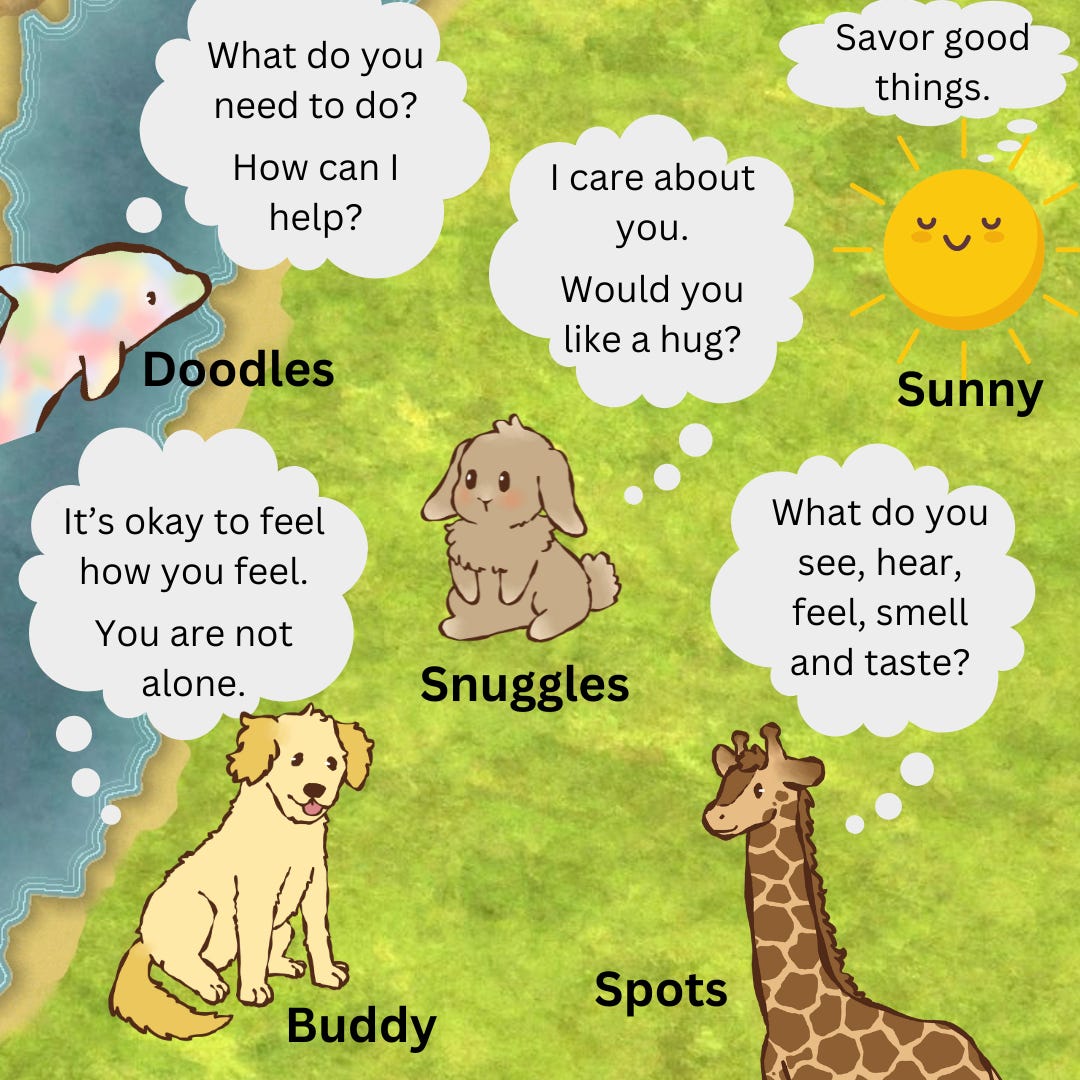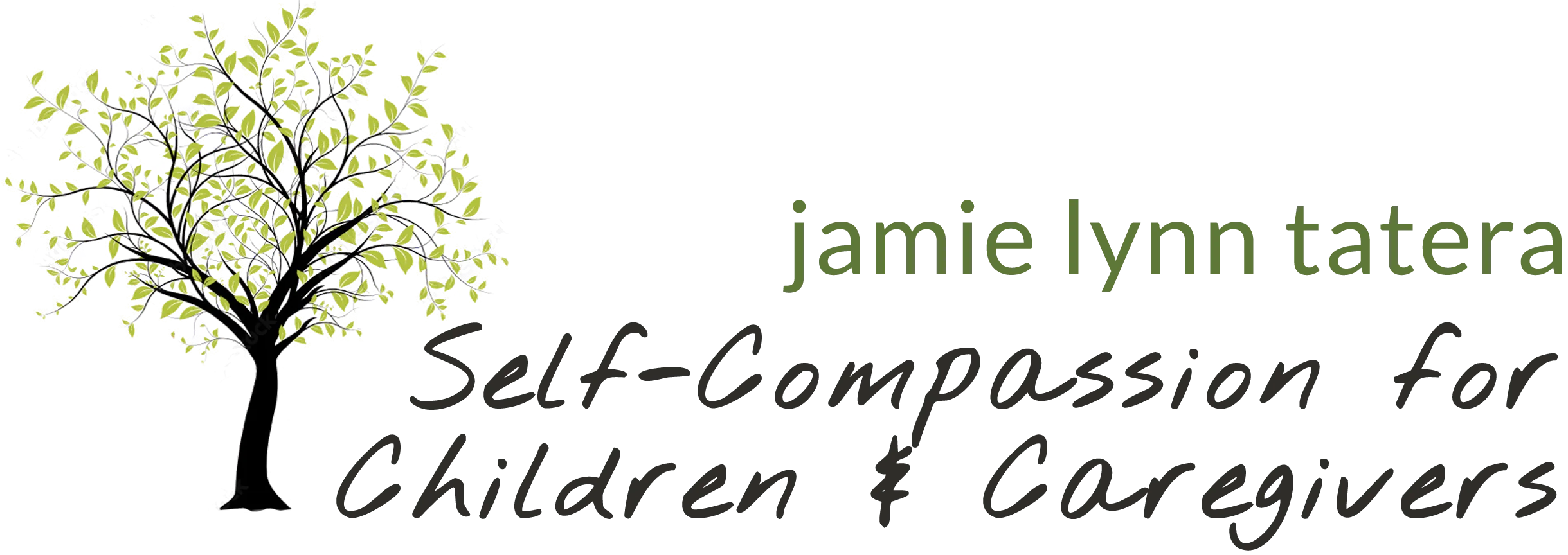Kids learn best through play! That’s because it’s easier to pay attention to playful things, and also because the neurotrophic factors the brain produces during play make it easier to remember what you’ve learned.
In previous articles, I have shared about the Feelings Habit Animals (take the Quiz!). The relatable feelings animals provide a playful way to get kids to talk about feelings. But not only do we want kids to be aware of feelings, we also want them to learn to how to skillfully respond. Enter the Resilience Habit Animals.
The Four Resilience Animals
Watch a one-minute clip my daughters and I made about the four animals!
There are four resilience animals: Spots the Giraffe, Buddy the dog, Snuggles the Bunny, and Doodles the Dolphin. Spots helps us to spot our feelings and our five senses, and Buddy reminds us that we’re not alone in our struggles. Snuggles comforts us when things go wrong, and Doodles helps us take helpful actions. There’s also Sunny who reminds us that goodness is omnipresent.

It’s always been a challenge to get kids to practice self-compassion in daily life. But when I ask kids how Spots, Snuggles, Doodles or Buddy might respond to a challenge, I actually get kids to engage. And I am beyond delighted when kids later report that they have practiced the “Buddy habit” or the “Snuggles habit.”
Stay tuned for more details about each of the resilience animals. I plan share about how to help kids learn each of the four resilience habits. Together we can help kids playfully learn to cope with challenging feelings, and thrive!
Warmly,
Jamie Lynn (with Anjali and Maya’s video help :))
